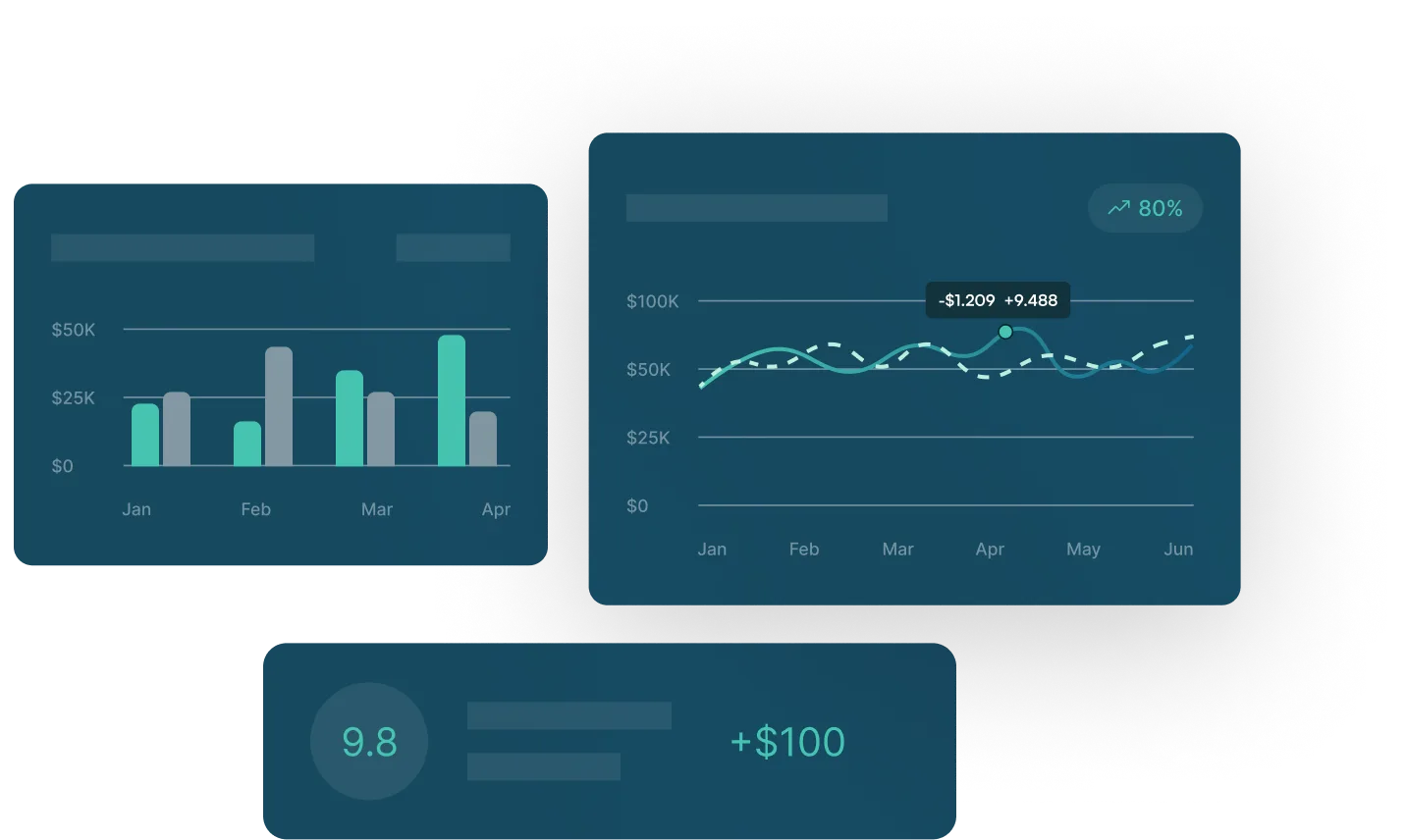What Are Corporate Payments and How to Manage Them Effectively


Corporate payments, also known as B2B payments, play a key role in the financial ecosystem of companies. In this article, we will delve into the significance of corporate payments and explore aspects such as common types of payments, methods of transfer, challenges, and effective management strategies.
What Are Corporate Payments?
Corporate payments are the financial transactions between companies to meet various business-related expenses—these can include salaries, supplier payments, taxes, insurance, and more. Efficient management of corporate payments is vital for maintaining a healthy financial status, improving cash flow, and meeting stakeholder and employee obligations.
Kinds of Corporate Payments
- Treasury Payments: Involving loans, debts, and investments, treasury payments are essential for a company’s stability and growth. Loans and debts finance operations, while smart investments contribute to revenue generation and business expansion.
- Tax Payments: Fulfilling legal taxation obligations, including income tax, sales tax, and property tax, is imperative to avoid penalties and maintain in good standing financially.
- Supplier Payments: On-time payments to suppliers for goods and services are critical for cash flow, fostering better supplier relationships, negotiating better pricing, and ensuring a consistent supply chain.
- Salary Payments: Ensuring timely and accurate payments to employees is vital for attracting and retaining a motivated workforce, reducing turnover, and enhancing overall performance.
How Are Corporate Payments Managed?
Corporate payments are typically overseen by the treasury, under the CFO’s office. Effective payment systems are essential for avoiding late supplier deliveries, contractual penalties, and ensuring financial obligations are met. Challenges in B2B payments processing include manual workflows, outdated systems, bank connectivity issues, and disjointed payment processing.
Challenges of Corporate Payments
Corporate payments face challenges such as manual processing errors, duplicate payments, lengthy lead times for bank connections, operational risks, and a slow adoption of faster payment methods.
How Treasury Technology Can Help
To address these challenges, businesses are encouraged to adopt treasury and payment solutions, such as a treasury management system or payment hub. These solutions can help by:
- Consolidating payment requests
- Centralizing the payment process
- Ensuring regulatory compliance
- Reducing fraud
- Improving operational risk management
- Providing control over payment timing
Conclusion
Understanding corporate payments is necessary for the financial health and stability of any company. By adopting efficient payment systems and leveraging modern solutions, businesses can streamline processes, reduce costs, and ensure they meet their financial obligations while mitigating risks.
What Are Corporate Payments and How to Manage Them Effectively
Corporate payments, also known as B2B payments, play a key role in the financial ecosystem of companies. In this article, we will delve into the significance of corporate payments and explore aspects such as common types of payments, methods of transfer, challenges, and effective management strategies.
What Are Corporate Payments?
Corporate payments are the financial transactions between companies to meet various business-related expenses—these can include salaries, supplier payments, taxes, insurance, and more. Efficient management of corporate payments is vital for maintaining a healthy financial status, improving cash flow, and meeting stakeholder and employee obligations.
Kinds of Corporate Payments
- Treasury Payments: Involving loans, debts, and investments, treasury payments are essential for a company’s stability and growth. Loans and debts finance operations, while smart investments contribute to revenue generation and business expansion.
- Tax Payments: Fulfilling legal taxation obligations, including income tax, sales tax, and property tax, is imperative to avoid penalties and maintain in good standing financially.
- Supplier Payments: On-time payments to suppliers for goods and services are critical for cash flow, fostering better supplier relationships, negotiating better pricing, and ensuring a consistent supply chain.
- Salary Payments: Ensuring timely and accurate payments to employees is vital for attracting and retaining a motivated workforce, reducing turnover, and enhancing overall performance.
How Are Corporate Payments Managed?
Corporate payments are typically overseen by the treasury, under the CFO’s office. Effective payment systems are essential for avoiding late supplier deliveries, contractual penalties, and ensuring financial obligations are met. Challenges in B2B payments processing include manual workflows, outdated systems, bank connectivity issues, and disjointed payment processing.
Challenges of Corporate Payments
Corporate payments face challenges such as manual processing errors, duplicate payments, lengthy lead times for bank connections, operational risks, and a slow adoption of faster payment methods.
How Treasury Technology Can Help
To address these challenges, businesses are encouraged to adopt treasury and payment solutions, such as a treasury management system or payment hub. These solutions can help by:
- Consolidating payment requests
- Centralizing the payment process
- Ensuring regulatory compliance
- Reducing fraud
- Improving operational risk management
- Providing control over payment timing
Conclusion
Understanding corporate payments is necessary for the financial health and stability of any company. By adopting efficient payment systems and leveraging modern solutions, businesses can streamline processes, reduce costs, and ensure they meet their financial obligations while mitigating risks.

See GTreasury in Action
Get connected with supportive experts, comprehensive solutions, and untapped possibility today.





























.png)

.png)









